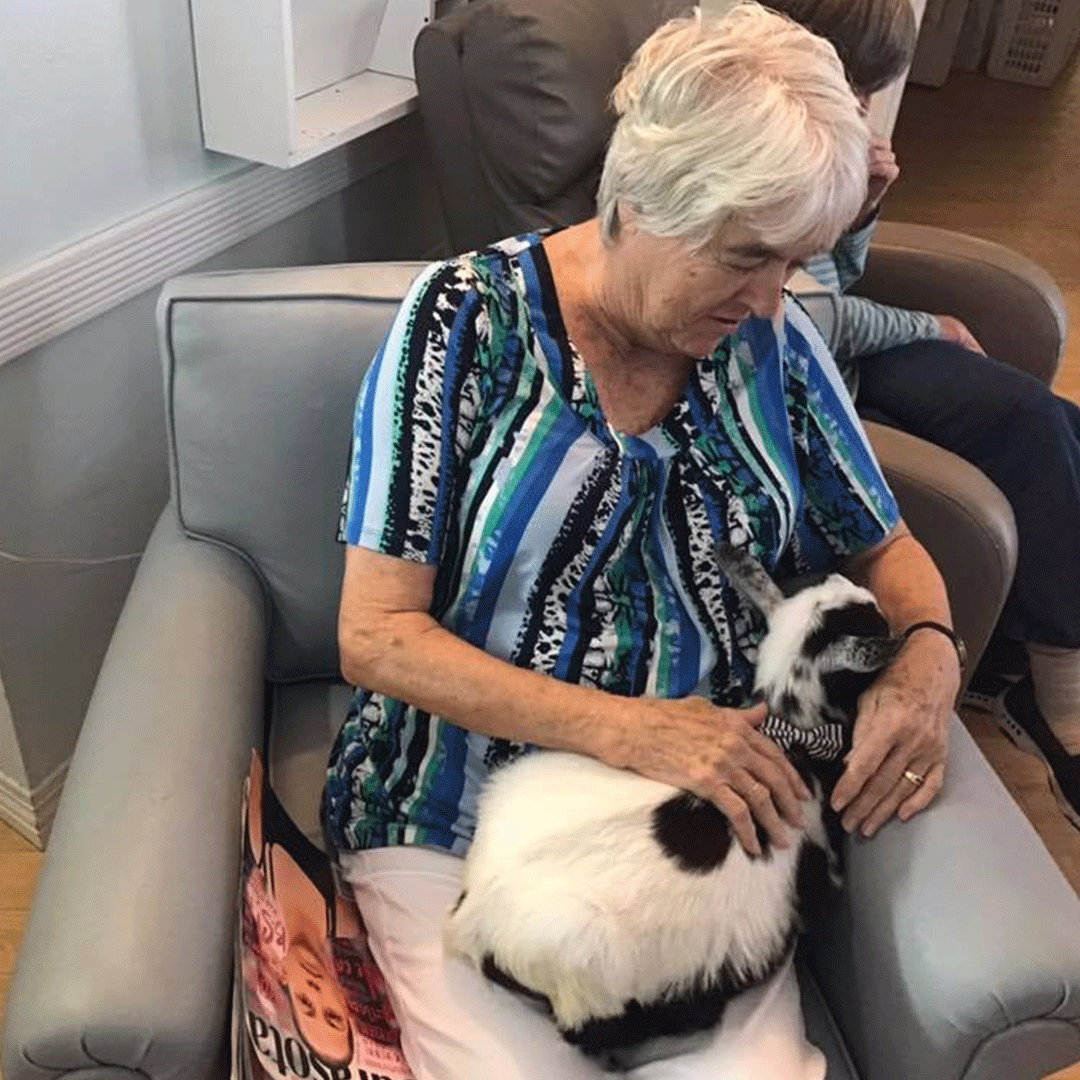Many people with Alzheimer’s disease live in private residences; whether with their families, or on their own when still in the early stages. While living in a familiar home delivers many benefits, there are reasons why family may be concerned about their safety. In this blog we take a look at Alzheimer’s disease dangers that may exist in the home, and how to keep your loved ones safe.
If you are concerned about the well-being of your loved one living with Alzheimer’s disease, here are a few tips to help you to provide an additional level of security for them in the home.
It may be frustrating if the patient continually does the same dangerous thing over and over. However, you should realize that it is easier to change someone’s environment rather than try to change their behavior. In other words, you may be able to move, secure or remove items from the home that are causing dangerous situations – rather than trying to continually remind your loved one about how to stay safe around those items. (For instance, remove the iron from the laundry room completely, in order to ensure that they will not leave the iron on after use.)
Depending on how the the Alzheimer’s has progressed, there are varying levels of precautions you can take. At a minimum, you should have multiple smoke and carbon monoxide detectors installed around the home; cover all outlets that are in use; and keep a list of all emergency phone numbers by the phone.
You should consider removing dangerous items from the home – or lock them in a secure location. These items may include prescription and OTC drugs, scissors and knives; guns; matches or flammable liquids; alcohol or poisonous plants.
One of the greatest Alzheimer’s disease dangers is falling, especially when no one else is around. Therefore, making sure the home is as easy to maneuver as possible should be a priority. Consider taking out all but necessary furniture to leave clear walking spaces; having sturdy handrails on all stairways, including stepping up or down into a room; getting rid of all clutter and anything on the floor (such as magazine racks); get rid of throw rugs that can be tripped over; secure all electrical wires against the wall or under furniture; put a gate across stairways if your loved one is unsteady or has balance problems; or carpet the stairs if they still need to climb up and down.
To reduce confusion which may upset the patient and quite literally throw them off balance, make sure they understand their surroundings. In a brain affected by dementia, the patient no longer processes things the same way. Remove rugs or wall hangings which are too busy or have too many patterns; remove mirrors which may confuse the patient; and add brightly colored signs guiding them to the kitchen., bathroom or bedroom. And although pets can be extremely beneficial for older patients who suffer from anxiety or isolation, small animals can be tripped over and get underfoot.
The Usage of Signs: Oddly enough, one of the last capabilities to diminish in an Alzheimer’s patient is their ability to read. Place signs all around the home with simple instructions on how to operate the appliance, or how to make a sandwich. Following simple, written out instructions can help you loved ones to function independently for as long as possible.
Sometimes, the best way to protect your loved one from Alzheimer’s disease dangers is to move them to a professional memory care facility. At A Banyan Residence, we will treat them with compassion and skill, while providing a safe and nurturing environment.

